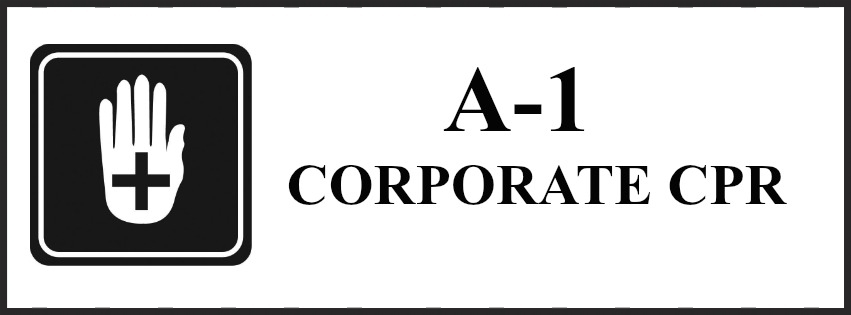The Importance of CPR & AED Safety Training
/One challenge with saving victims of cardiac arrest is that there is often a lag before bystanders take action.
This article originally appeared in the September 2014 issue of Occupational Health & Safety.
By Jeff Walters, Sep 01, 2014
Before convincing a company's leaders to install automated external defibrillators in their offices and campuses, Marc Lawrence says he often has to start with a heart lesson. First, he has to explain that sudden cardiac arrest is not the same as a heart attack, that there often are no symptoms, and that it's not something that only affects mostly seniors, but can happen at any age.
"Customers just aren't aware of the prevalence of sudden cardiac arrest," said Lawrence, the president of Downing Digital Healthcare Partners. He has spent more than 25 years working in medical device sales and information technology. In speaking with groups about AEDs, Lawrence often asks his audience to guess how many people experience sudden cardiac arrest (SCA) in the United States each year.
"The highest number I ever received was 80,000, with everyone thinking it mostly affects people all over 65 years of age," he said. Actually, the number is about 424,000, with victims ranging in age from young children to adults.
Analysis of the workplace fatalities reported to the Occupation Safety and Health Administration showed that up to 60 percent might have been saved if AEDs were immediately available and companies were not just relying on EMS.
A Leading Cause of Death
Sudden cardiac arrest is the leading cause of death in the United States and Canada, with nearly four out of five cases occurring outside a hospital. Bystanders–whether in a public gathering space such as an airport or shopping mall, or in a workplace–play an in important role in improving the chances of survival, said Dr. Robert W. Neumar, M.D., Ph.D., who is a professor and chair of the Department of Emergency Medicine for the University of Michigan Health Systems. "In cardiac arrest, every minute counts," Neumar said. "If you consider the time it takes for a medical responder to arrive versus a co-worker or bystander, it can mean the difference between life and death." Continue reading by clicking here.


